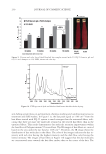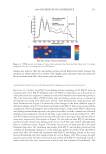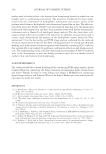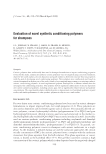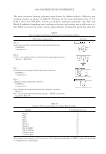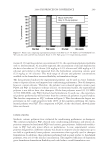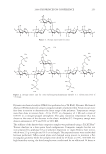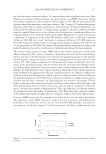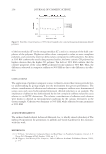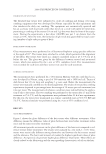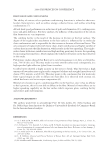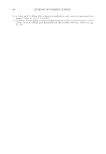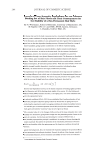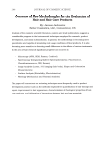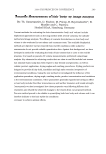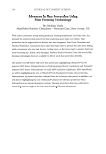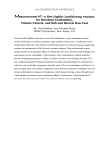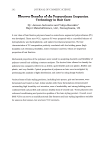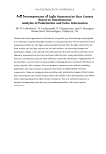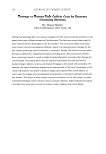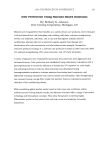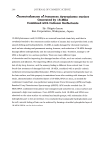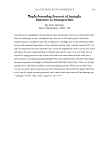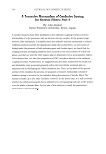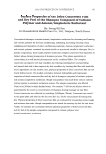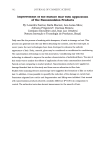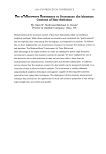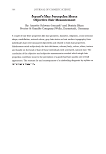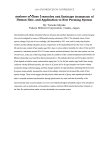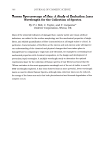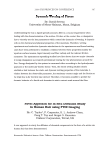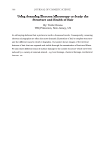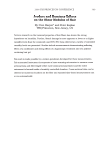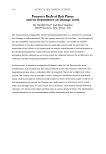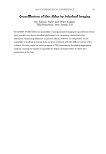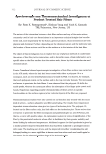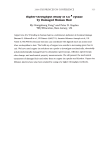2008 TRI/PRINCETON CONFERENCE 117 DISCUSSION This work is organized around two goals, the development of control treatments for shine measurements on hair and the validation of these measurements as perceptually relevant. LUSTER CONTROLS Measurements of luster using polarized imaging can be accomplished with a repeatability of approximately 10% (variance/mean). Based on actual variances, we have estimated the Figure 2. Shine vs color damage standards. Formulas: (a) Reich-Robbins. (b) TRI. (c) Stamm. (d) Bossa- Nova Technologies. Figure 3. Skew vs color.
JOURNAL OF COSMETIC SCIENCE 118 sample size required to distinguish between treatments. This power calculation is the number of samples required to have an 80% probability of resolving the difference with signifi cance judged by a between-sample t-test. The results are shown in Table III. We see that some of the metrics are more sensitive than others and that the comparisons between clean hair before and after use of a wash off product, that is, the shampoo and conditioner controls, are diffi cult. Figure 5. Luster vs damage, red hair, Reich-Robbins. Figure 4. Luster vs damage, medium brown, Reich-Robbins.
Purchased for the exclusive use of nofirst nolast (unknown) From: SCC Media Library & Resource Center (library.scconline.org)









































































































































